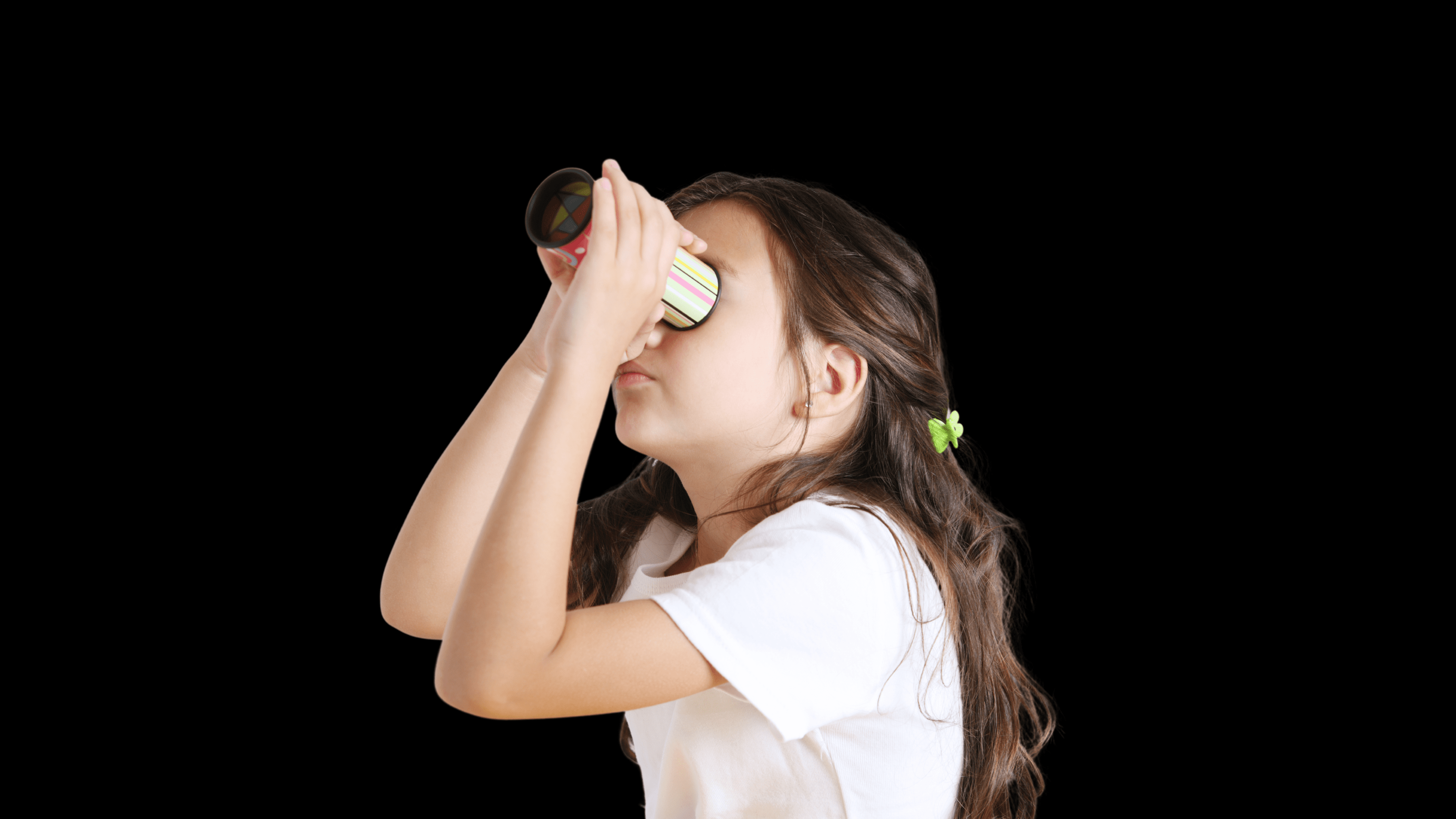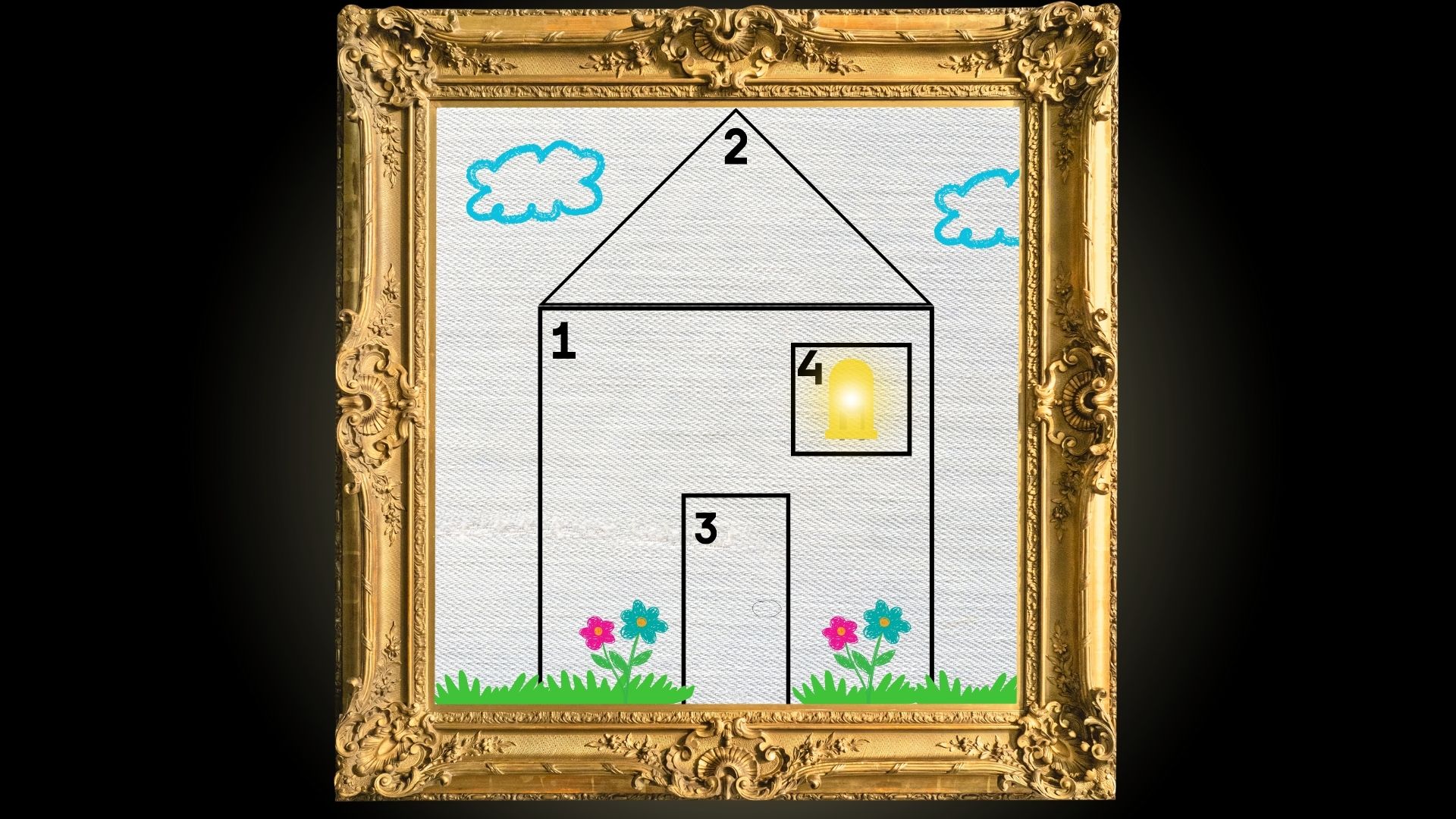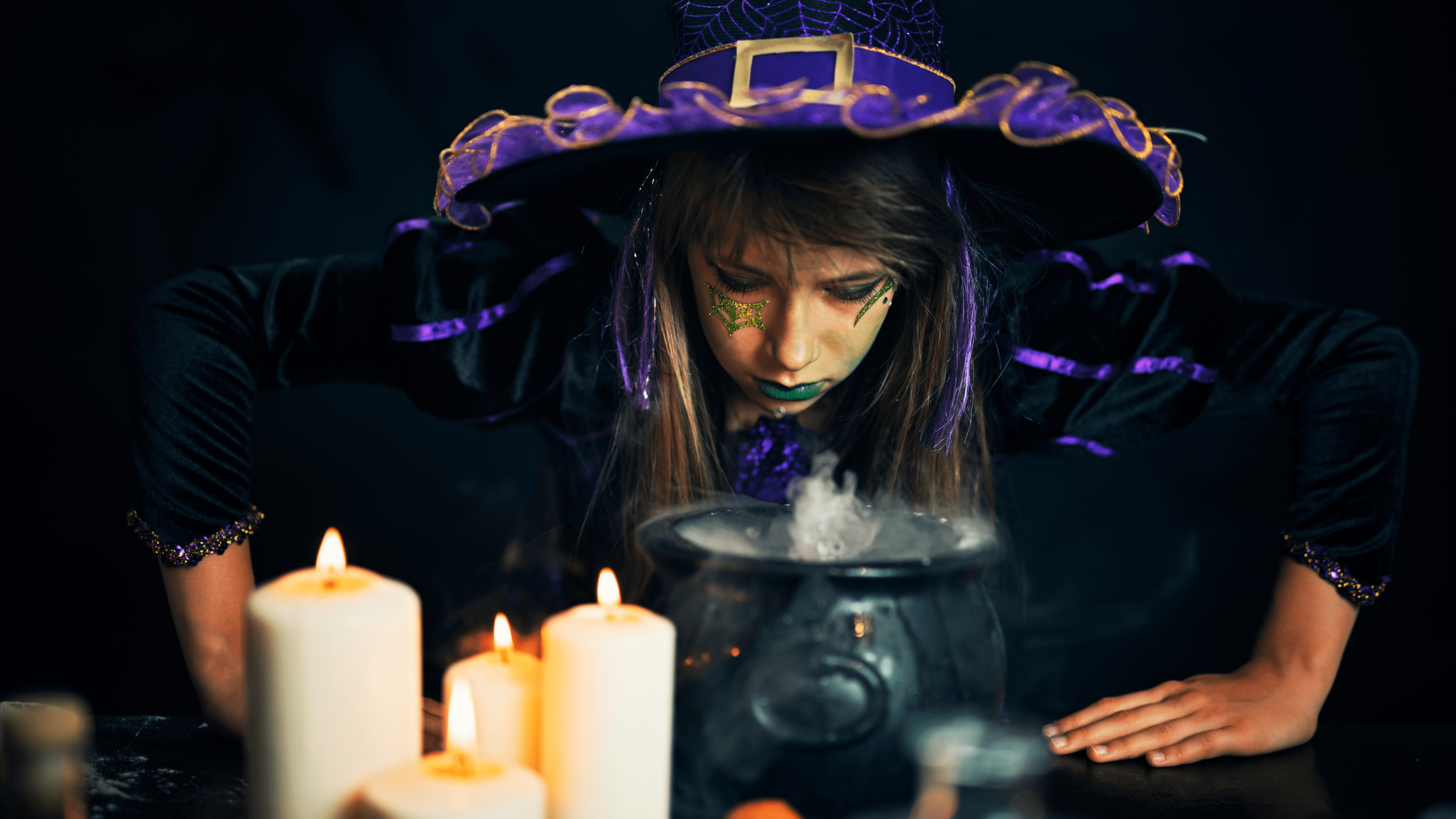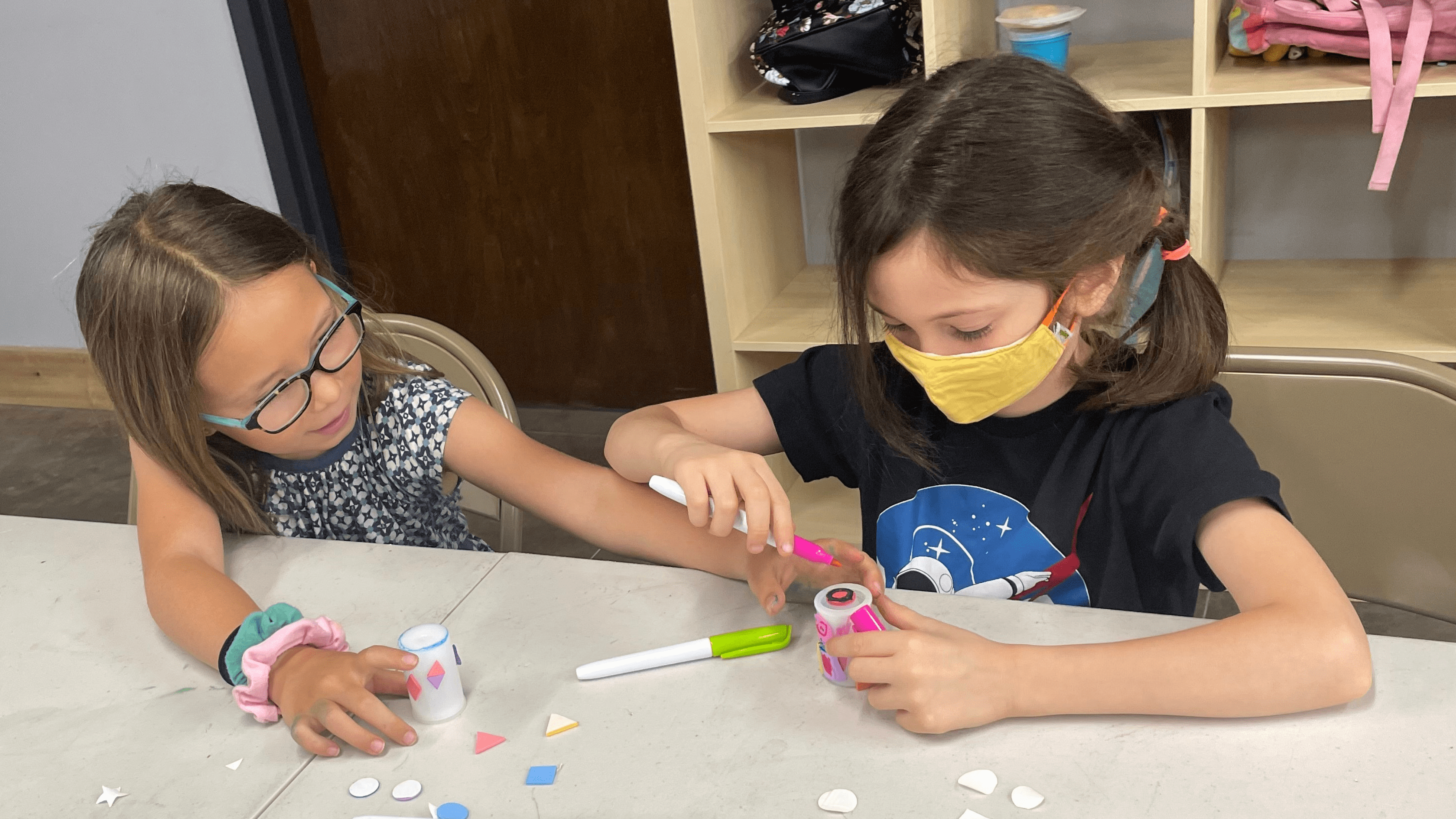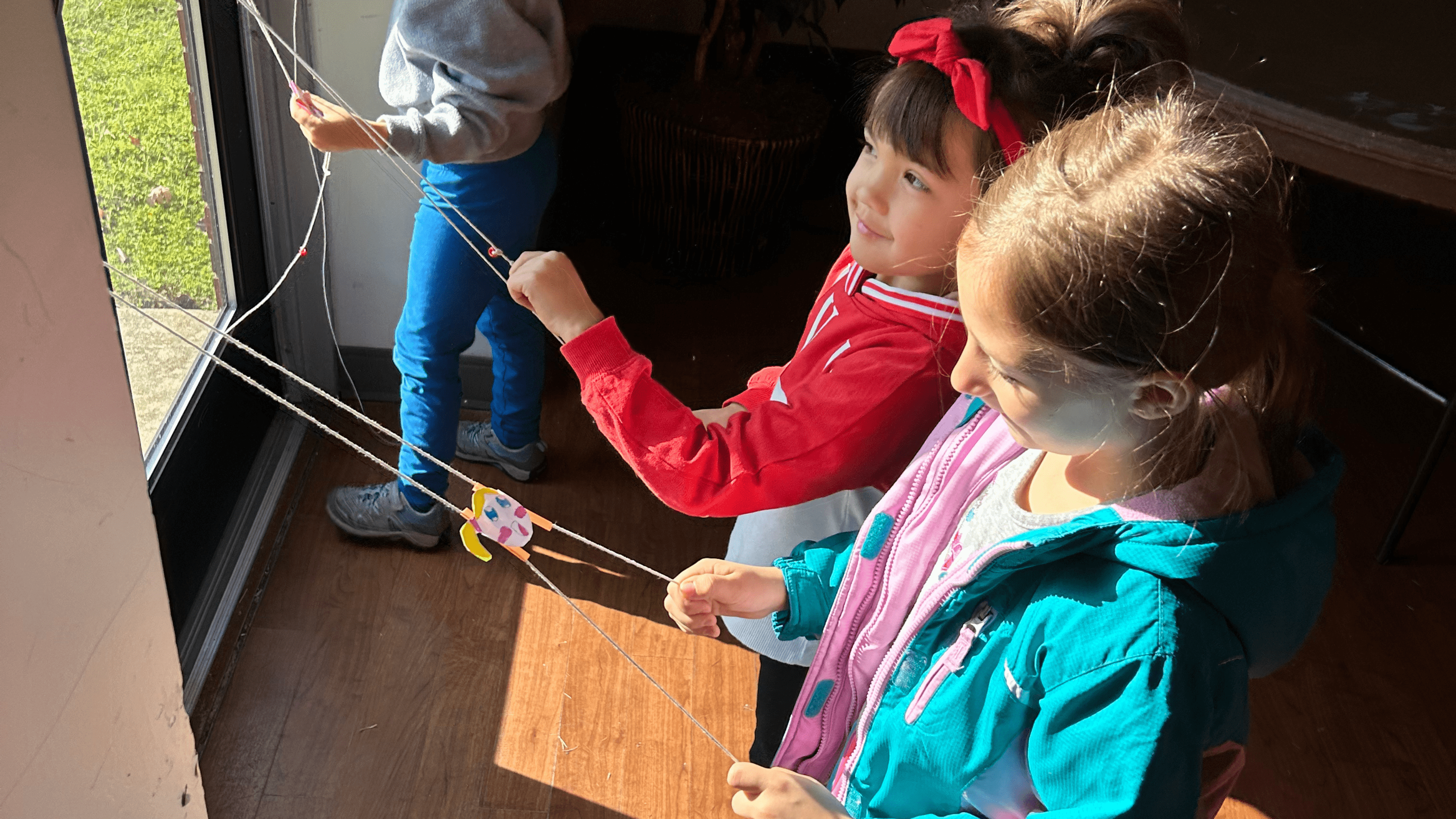Did you know that light isn’t a thing (i.e., matter)? That’s right, most objects don’t make their own light, rather we see things because they reflect light! For example, we can see the moon because it reflects light from the sun, our main source of natural light. If an object did not reflect any light, we would not be able to see it!
In this project created by Qiaojing and Emma, members of the Rosie Innovators program for young women in high school, you will make a kaleidoscope! This awesome device creates cool images via the reflection of light from objects on metallic or mylar paper.
Ready to make this project at home or in your classroom? Gather the materials listed on the right and follow the instructions below to build a fun kaleidoscope!
